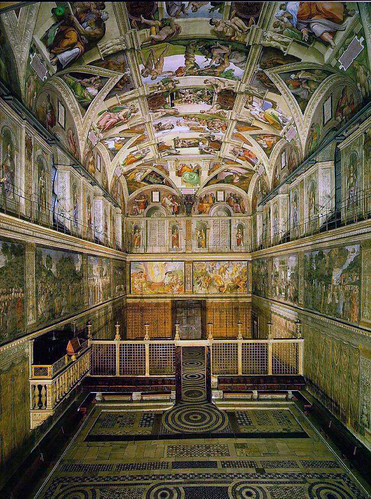The Panama Canal opens to traffic with the transit of the cargo ship SS Ancon.
The Panama Canal is an artificial waterway located in Central America that connects the Atlantic and Pacific Oceans. It was one of the most significant engineering feats of the 20th century and continues to be a vital route for global maritime trade and transportation.
History:
The idea of constructing a canal across the Isthmus of Panama dates back centuries, as it would provide a shortcut for ships traveling between the Atlantic and Pacific Oceans, eliminating the need for the lengthy and treacherous voyage around the southern tip of South America. Various attempts were made by different countries and entities over the years, including the French and the Spanish, but due to challenges like disease and financial difficulties, these efforts were unsuccessful.
Construction:
The most successful and famous endeavor to build the Panama Canal was undertaken by the United States. The construction began in the early 20th century, with the United States taking over the project after purchasing the assets of the failed French attempt. The major challenges faced during construction included disease, primarily malaria and yellow fever, as well as the rugged terrain and the need to cut through mountains.
One of the most significant contributions to the success of the project was the implementation of aggressive measures to control and eradicate disease-carrying mosquitoes, which significantly improved worker health and productivity. Chief engineer John F. Stevens and later, George W. Goethals, played key roles in overseeing the construction and addressing these challenges.
Completion and Operation:
The Panama Canal was officially completed in 1914 and consists of a system of locks that raise and lower ships to navigate the varying elevations of the terrain. The canal spans approximately 50 miles (80 kilometers) across the Isthmus of Panama. It allows ships of various sizes and types to traverse the continent in a matter of hours, drastically reducing travel time and costs compared to the alternative route around South America.
Significance:
The Panama Canal has had a profound impact on global trade and maritime transportation. It has facilitated the movement of goods between the Atlantic and Pacific Oceans, opening up new trade routes and making shipping more efficient and cost-effective. The canal’s strategic location has also been of military significance, enabling naval vessels to quickly move between the two major oceans.
Expansion:
In recent years, a significant expansion project was completed to accommodate larger vessels. The expansion project, which was finished in 2016, involved the construction of new locks known as the “Panama Canal Expansion” or the “New Panamax” locks. These locks are wider and deeper, allowing for the passage of larger container ships and other vessels, known as “Panamax” and “New Panamax” ships.



